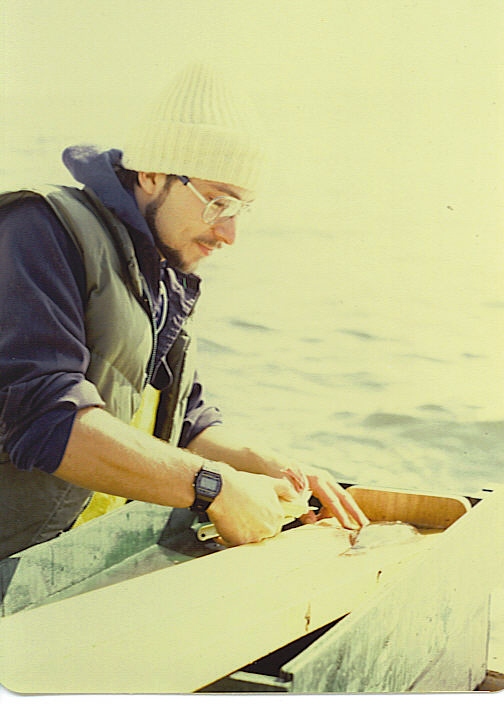 On December 5, 1864, President Lincoln, with Mrs. Lincoln, Secretary of State Seward, and Secretaries Nicolay and Hay, attends Grover’s Theatre for a performance of Charles Gounod’s Faust performed by the Grand German Opera Company.
On December 5, 1864, President Lincoln, with Mrs. Lincoln, Secretary of State Seward, and Secretaries Nicolay and Hay, attends Grover’s Theatre for a performance of Charles Gounod’s Faust performed by the Grand German Opera Company.
Abraham Lincoln had a particular affinity for the fable of Faust. The Faust of German legend is an intellectual scholar, highly successful but rather bored and dissatisfied with his life. He falls into melancholia and, in a bout of severe depression, tries unsuccessfully to take his own life. Failing in that, he begs the Devil to give him “magical powers with which he can indulge in all the pleasure and knowledge of the world.” Being a shrewd bargainer, the Devil appears in the form of Mephistopheles to serve Faust with his powers for a set number of years, after which Faust must give up his soul to eternal damnation.
Hardly a light day at the office.
Most people know that Lincoln was also prone to bouts of melancholy, and on one occasion his depression got so deep that his friends put him on 24-hour suicide watch. But most people do not know that Lincoln, who was not himself able to play music, was still a lover of music played by others. He liked much of the popular music of the day – ballads, jocular minstrel songs, and even the song Dixie. He also enjoyed opera, and one of his favorite songs was the soldier’s chorus in Charles Gounod’s operatic version of Faust. Gounod’s opera is based on the two-part tragic play written by Johann Wolfgang von Goethe, considered by many to be one of the greatest works of German literature.
Interestingly, the legend of Faust has come to mean people giving up their integrity to ambition in order to achieve undue power and success for some defined period of time. That hardly describes Lincoln given his long history of integrity – he had been given the nickname Honest Abe at a relatively young age. More likely Lincoln was attracted to Faust both for the quality of the opera and to garner some insight into the machinations of his overly ambitious Generals and Salmon P. Chase, the Secretary of the Treasury who worked behind Lincoln’s back in an attempt to replace him as the 1864 nominee for President.
Lincoln is said to have dealt with the grief of his son Willie’s death in the White House in 1862 by borrowing a copy of Goethe’s Faust from the Library of Congress. The main character’s trials may have helped Lincoln cope with his own great loss. The original play is written largely in rhymed verse – an epic lyrical poem – in Goethe’s native German. Lincoln obviously would have read an English translation.
Nikola Tesla, the famed Serbian-American inventor, on the other hand, read Goethe’s Faust in its original language; he could speak eight languages fluently. More on that in my e-book, Abraham Lincoln & Nikola Tesla: Connected by Fate.
[Photo: By Anton Kaulbach – This file was derived from: Anton Kaulbach Faust und Mephisto.jpg:, Public Domain, https://commons.wikimedia.org/w/index.php?curid=74580425]

Lincoln: The Fire of Genius: How Abraham Lincoln’s Commitment to Science and Technology Helped Modernize America is available at booksellers nationwide.
Limited signed copies are available via this website. The book also listed on Goodreads, the database where I keep track of my reading. Click on the “Want to Read” button to put it on your reading list. Please leave a review on Goodreads and Amazon if you like the book.
You also follow my author page on Facebook.
David J. Kent is President of the Lincoln Group of DC and the author of Lincoln: The Fire of Genius: How Abraham Lincoln’s Commitment to Science and Technology Helped Modernize America and Lincoln: The Man Who Saved America.
His previous books include Tesla: The Wizard of Electricity and Edison: The Inventor of the Modern World and two specialty e-books: Nikola Tesla: Renewable Energy Ahead of Its Time and Abraham Lincoln and Nikola Tesla: Connected by Fate.



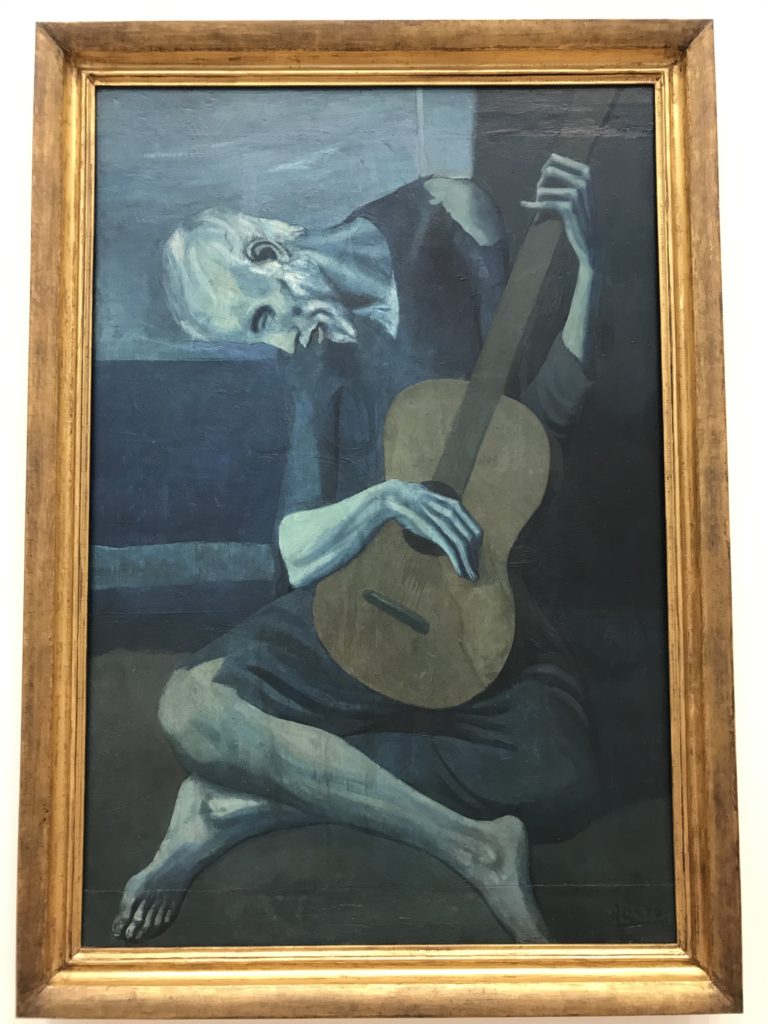
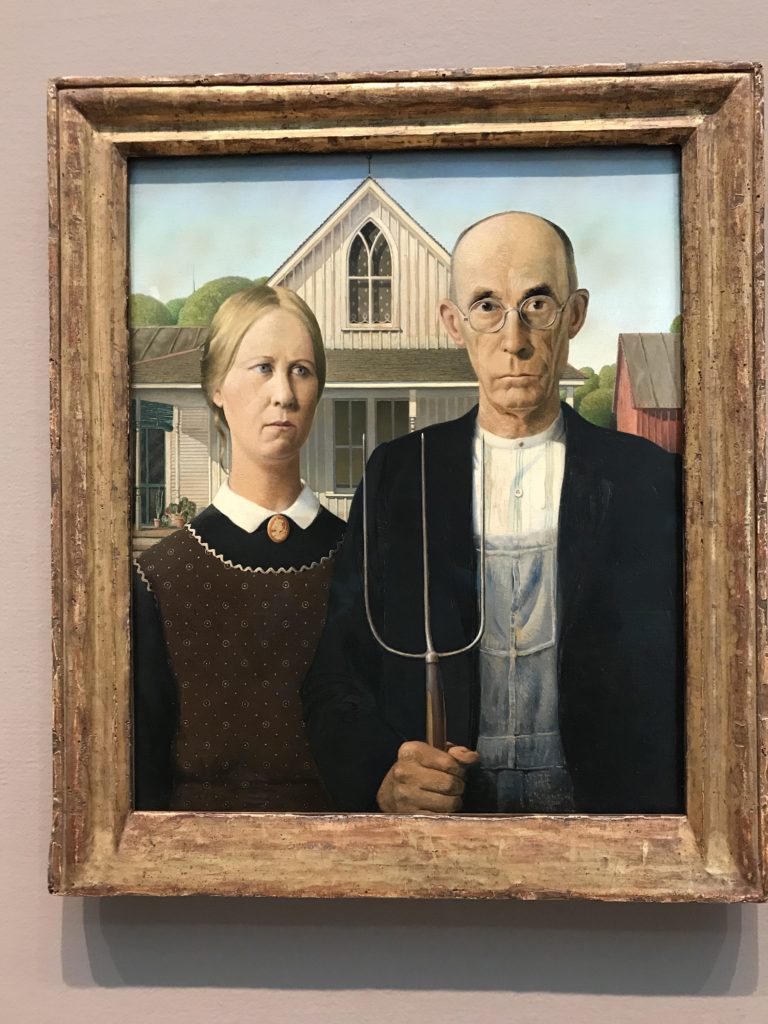
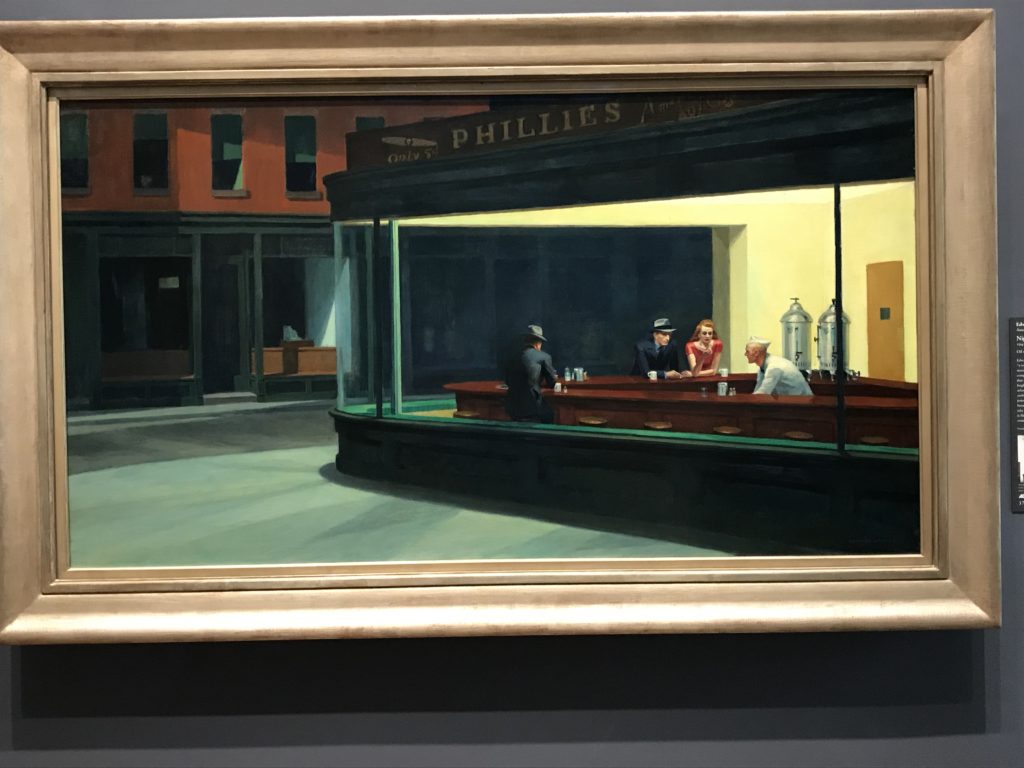
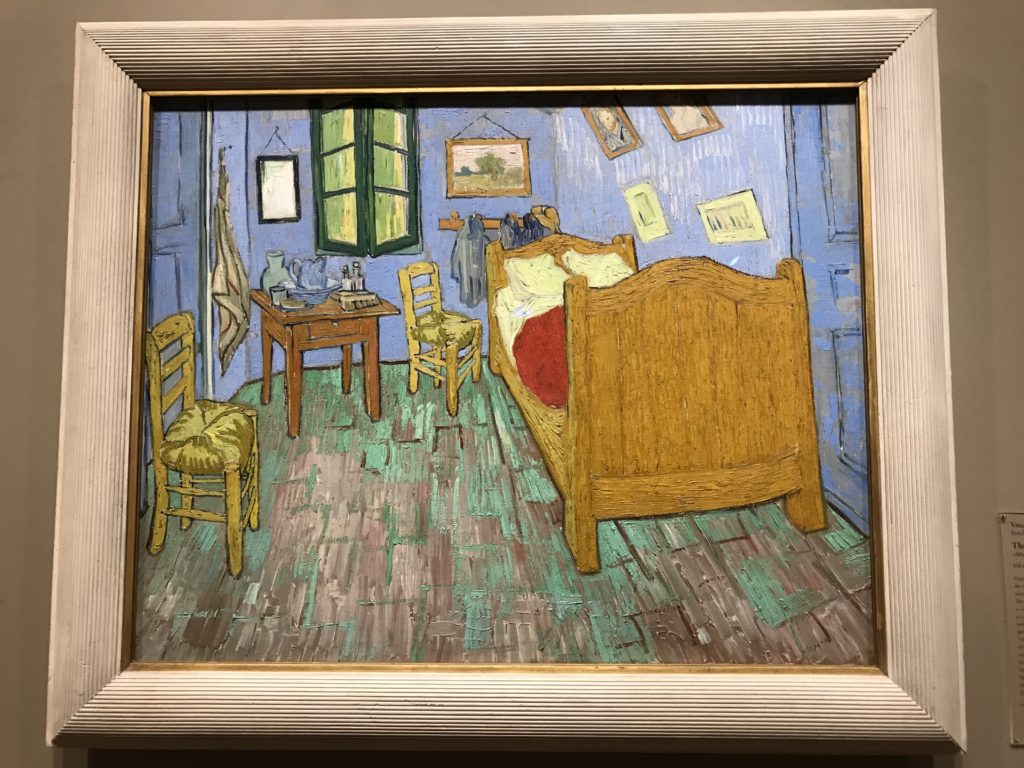
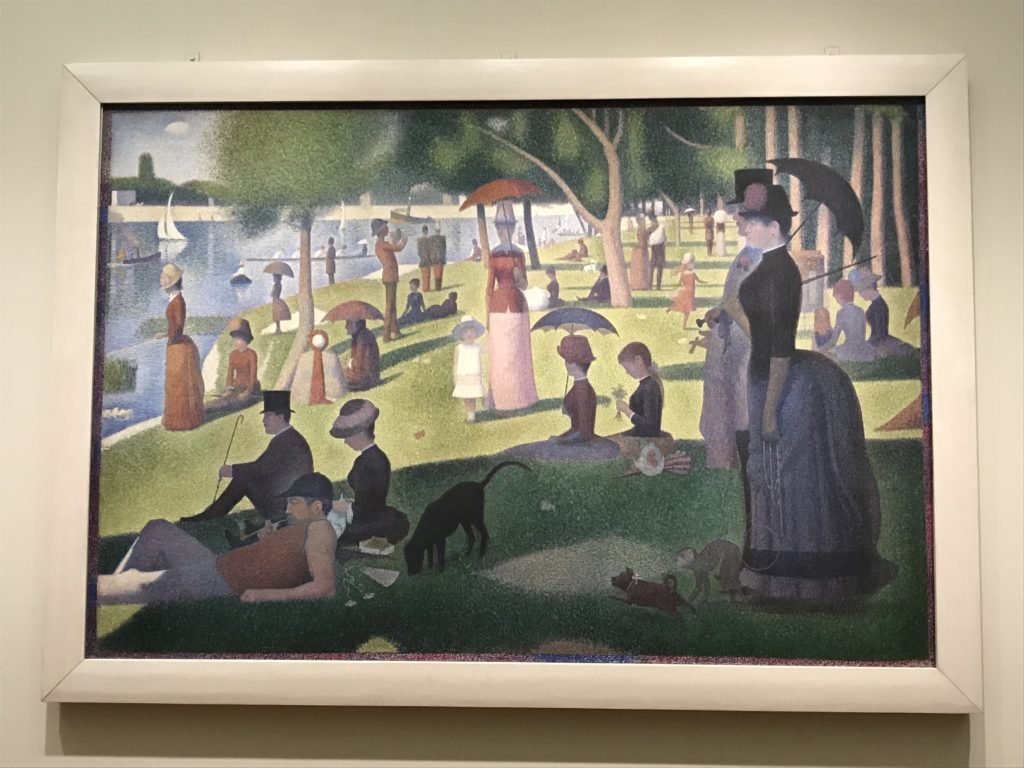
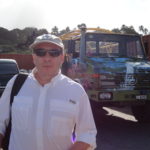 This month marks the third year anniversary on the best decision ever made. In 2013 I made the decision to
This month marks the third year anniversary on the best decision ever made. In 2013 I made the decision to 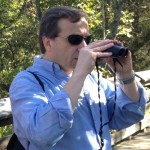 A year ago I wrote some
A year ago I wrote some 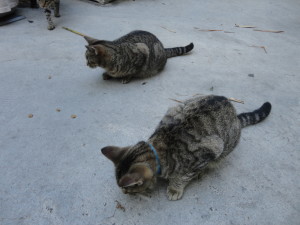 Not literally, of course, but as the guide informed us during our tour, Hemingway let dozens of feral cats roam his grounds freely. Many of them had six toes, a condition called polydactyly for you scientist-types out there. I recalled from my marine biology days that sailors thought polydactyl cats were good luck, or at the very least were better at catching rats. In any case, Hemingway was given a six toed cat by a ship’s captain and well, cats breed. There are currently 40-50 cats on the Hemingway property, which the guides regularly trot out for photo-ops.
Not literally, of course, but as the guide informed us during our tour, Hemingway let dozens of feral cats roam his grounds freely. Many of them had six toes, a condition called polydactyly for you scientist-types out there. I recalled from my marine biology days that sailors thought polydactyl cats were good luck, or at the very least were better at catching rats. In any case, Hemingway was given a six toed cat by a ship’s captain and well, cats breed. There are currently 40-50 cats on the Hemingway property, which the guides regularly trot out for photo-ops.
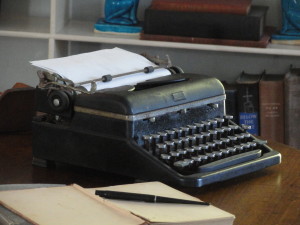
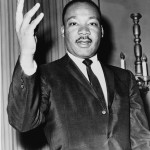 On this day we celebrate and honor the life of Martin Luther King, Jr. More importantly, we relive the struggle to break the institutionalized discrimination against a large percentage of our fellow Americans. As Lincoln once suggested in a different situation, it is altogether fitting and proper that we should do this.
On this day we celebrate and honor the life of Martin Luther King, Jr. More importantly, we relive the struggle to break the institutionalized discrimination against a large percentage of our fellow Americans. As Lincoln once suggested in a different situation, it is altogether fitting and proper that we should do this.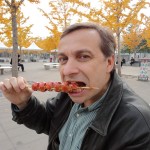 One year ago today I left behind the first half of my life. After more than 30 years as a working scientist I had decided to give up a comfortable salary for a life of (essentially) no income. I would become a poor starving writer.
One year ago today I left behind the first half of my life. After more than 30 years as a working scientist I had decided to give up a comfortable salary for a life of (essentially) no income. I would become a poor starving writer.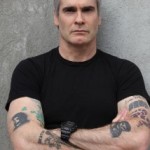 Way back in May I was contacted by a producer for a TV series for the History Channel called “10 Things You Don’t Know About,” hosted by Henry Rollins. They were interested in doing a program on the rivalry between Thomas Edison and Nikola Tesla. I spoke with the producer and provided my thoughts on what interesting facts they could include, and although I didn’t make it into the final program, it aired on September 7, 2014.
Way back in May I was contacted by a producer for a TV series for the History Channel called “10 Things You Don’t Know About,” hosted by Henry Rollins. They were interested in doing a program on the rivalry between Thomas Edison and Nikola Tesla. I spoke with the producer and provided my thoughts on what interesting facts they could include, and although I didn’t make it into the final program, it aired on September 7, 2014.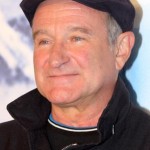 The world woke up this morning to the news of the untimely death of actor, comedian, and humanitarian Robin Williams. Having been a fan of his since his first appearance as Mork on the sitcom Happy Days, before he spun the character off into his own show Mork and Mindy, his demise comes as a shock. The world mourns.
The world woke up this morning to the news of the untimely death of actor, comedian, and humanitarian Robin Williams. Having been a fan of his since his first appearance as Mork on the sitcom Happy Days, before he spun the character off into his own show Mork and Mindy, his demise comes as a shock. The world mourns.